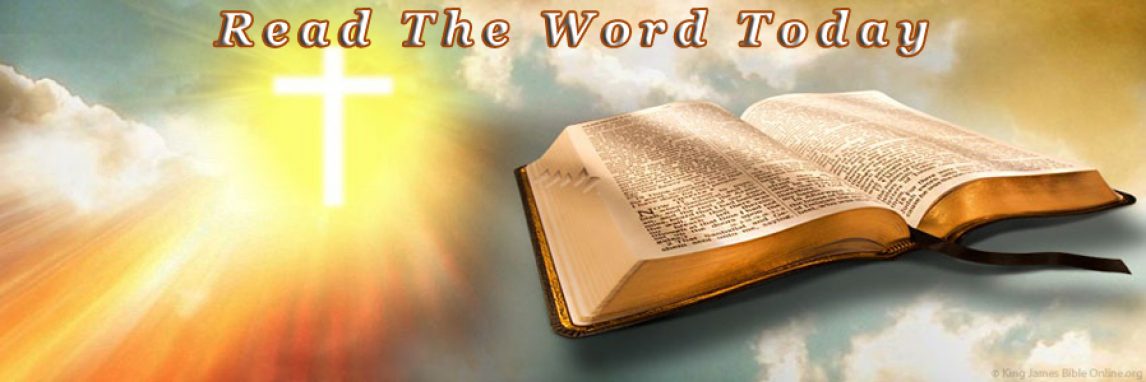“For the law appoints as high priests men who have weakness, but the word of the oath, which came after the law, appoints the Son who has been perfected forever” (Hebrews 7:28).
Life is full of differences. Sometimes, they are complete opposites, like good vs. evil or east vs. west. Sometimes, there are small degrees of differences, like good vs. better or better vs. best.
When it comes to the two priesthoods God has implemented in human history, there are substantial differences. Hebrews 7:11-28 identifies eleven distinct contrasts. The differences between the Old Testament and the New Testament’s High Priesthood are:
-
Predicted by God to be replaced (v. 11) vs. the timeless, perfect solution for reconciliation to God (v. 26).
-
Priest from the tribe of Levi vs. a King-Priest according to the order of Melchizedek (vv. 11-14).
-
Came according to the Law vs. came according to the power of an endless life (v. 16).
-
Authorized by a law which made nothing perfect vs. authorized by the gospel which allows God’s people to draw near to Him (vv. 18-19).
-
Offered an inferior hope vs. offers a better hope (v. 19).
-
Inaugurated without a divine oath vs. inaugurated with a divine oath (vv. 20-21).
-
Had many High Priests because of death vs. has one unchanging High Priest because He continues forever (vv. 23-24).
-
Provided a temporary remedy for sin vs. provides salvation to the uttermost (v. 25).
-
High Priest is not holy, harmless, and undefiled in character vs. High Priest who is holy, harmless, undefiled, and separate from sinners (v. 26).
-
Needed to offer daily sacrifices for their own sins vs. no daily offering needed (v. 27).
-
Men who have weakness vs. the eternally perfect Son of God (v. 28).
Inferior vs. better, changing vs. unchangeable, temporary vs. permanent, weak vs. perfect.
What a difference!
